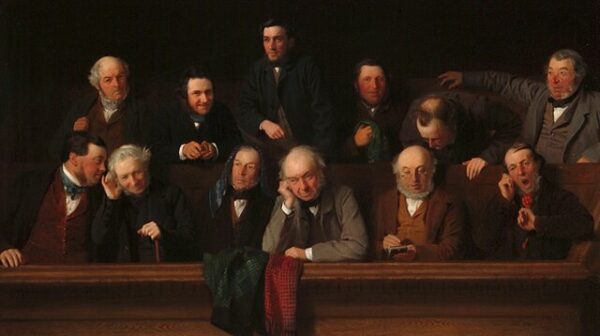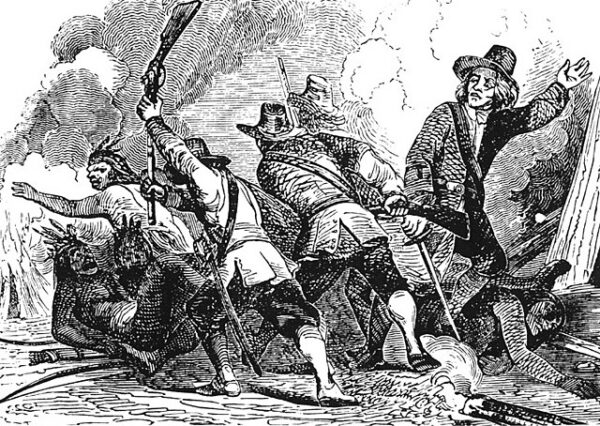On June 7, 1099, after a brutal journey across Europe and the Levant, the weary but determined Crusader army arrived outside the walls of Jerusalem. Their arrival marked the beginning of one of the defining and bloodiest chapters of the First Crusade. The Crusaders, driven by religious devotion and the promise of salvation, had marched for more than three years to reach the city sacred to Christians, Muslims, and Jews.
At the time, Jerusalem was under the control of the Fatimid Caliphate, a Shi’a Muslim dynasty that had recently reclaimed the city from the Seljuk Turks. Anticipating a Christian assault, the Fatimids strengthened the city’s massive stone walls and prepared to endure a siege. When the Crusaders appeared, they found themselves up against a fortified city, intense summer heat, and dangerously limited food and water supplies. Yet, they remained committed to their mission—to reclaim Jerusalem from Muslim control.
Commanders such as Godfrey of Bouillon, Raymond IV of Toulouse, and Tancred of Hauteville led the Crusaders in encircling the city and preparing for an assault. But the army was depleted and poorly supplied. They lacked siege engines, ladders, and even basic rations. Inside the walls, defenders taunted them; outside, the Crusaders faced disease, exhaustion, and dwindling hope.
Then came an unexpected breakthrough. A fleet of Genoese sailors landed at the port of Jaffa and offered much-needed support, including timber, manpower, and technical skill. With their help, the Crusaders constructed siege towers and battering rams. A large wooden tower was painstakingly hauled to the city’s walls. Meanwhile, morale was renewed by acts of faith—priests led barefoot processions around Jerusalem, praying and chanting for divine support.
On July 13, the Crusaders began their full-scale assault. The fiercest fighting took place on the northern and western walls. After two grueling days of combat, the Crusaders breached the defenses on July 15. Godfrey’s forces crossed the wall using their siege tower and poured into the city. What followed was a massacre. Thousands of Muslim and Jewish residents were killed. Some Christian chroniclers described the streets running with blood.
Even within the Crusader ranks, the violence shocked some. But for most, the capture of Jerusalem was seen as a holy victory. They offered prayers of thanksgiving at the Church of the Holy Sepulchre. Godfrey refused the title of king, instead choosing to be called “Defender of the Holy Sepulchre” in deference to Christ.
The siege was the culmination of the First Crusade. It resulted in the creation of the Kingdom of Jerusalem, a precarious Christian state that would be under constant threat in the decades ahead. The brutality of the assault deepened religious divisions and fueled centuries of conflict. It also set a precedent for how future crusades would be fought.
What began on June 7, 1099, was more than a siege. It was a turning point in the medieval world—an event that shaped faith, warfare, and history.






